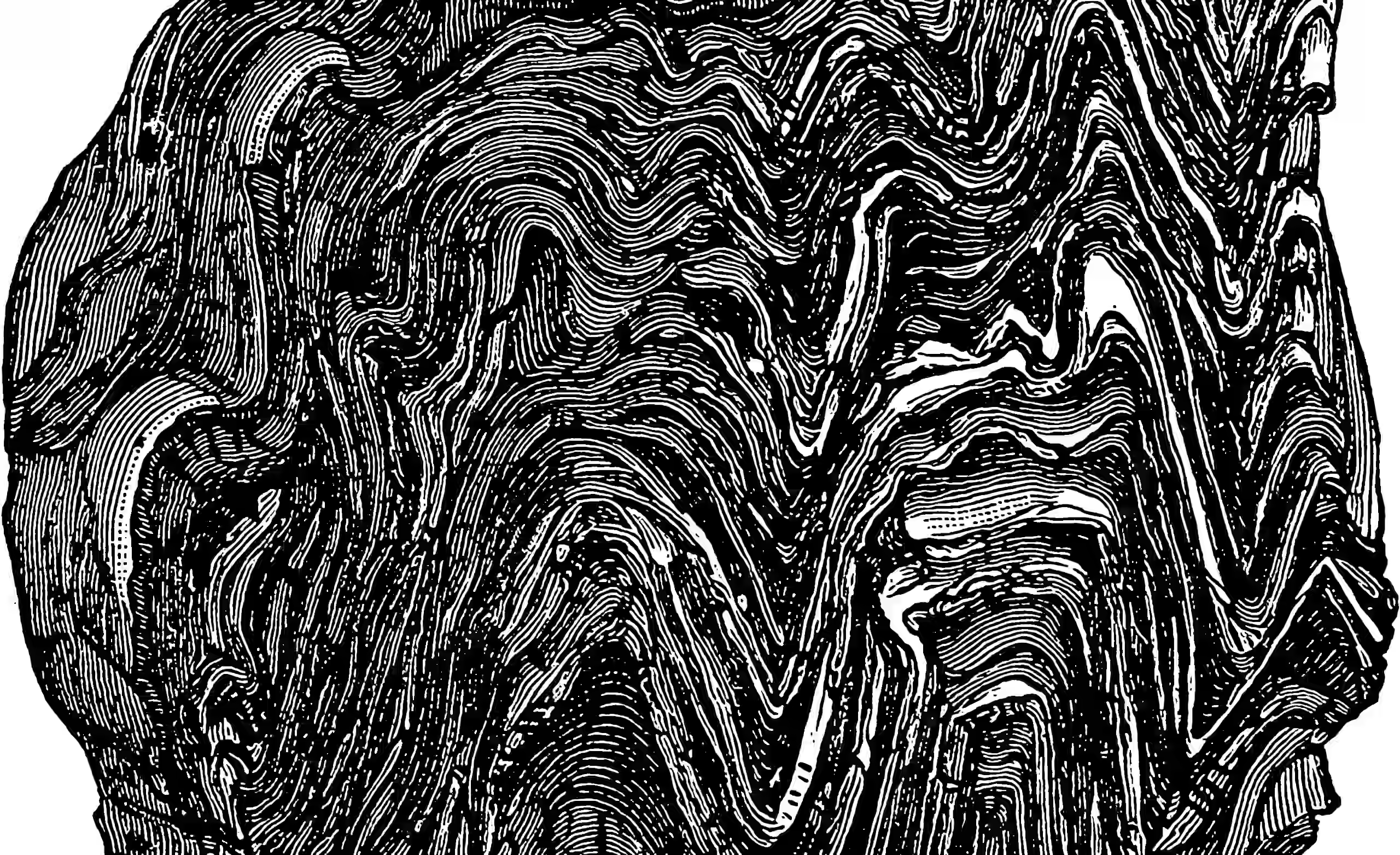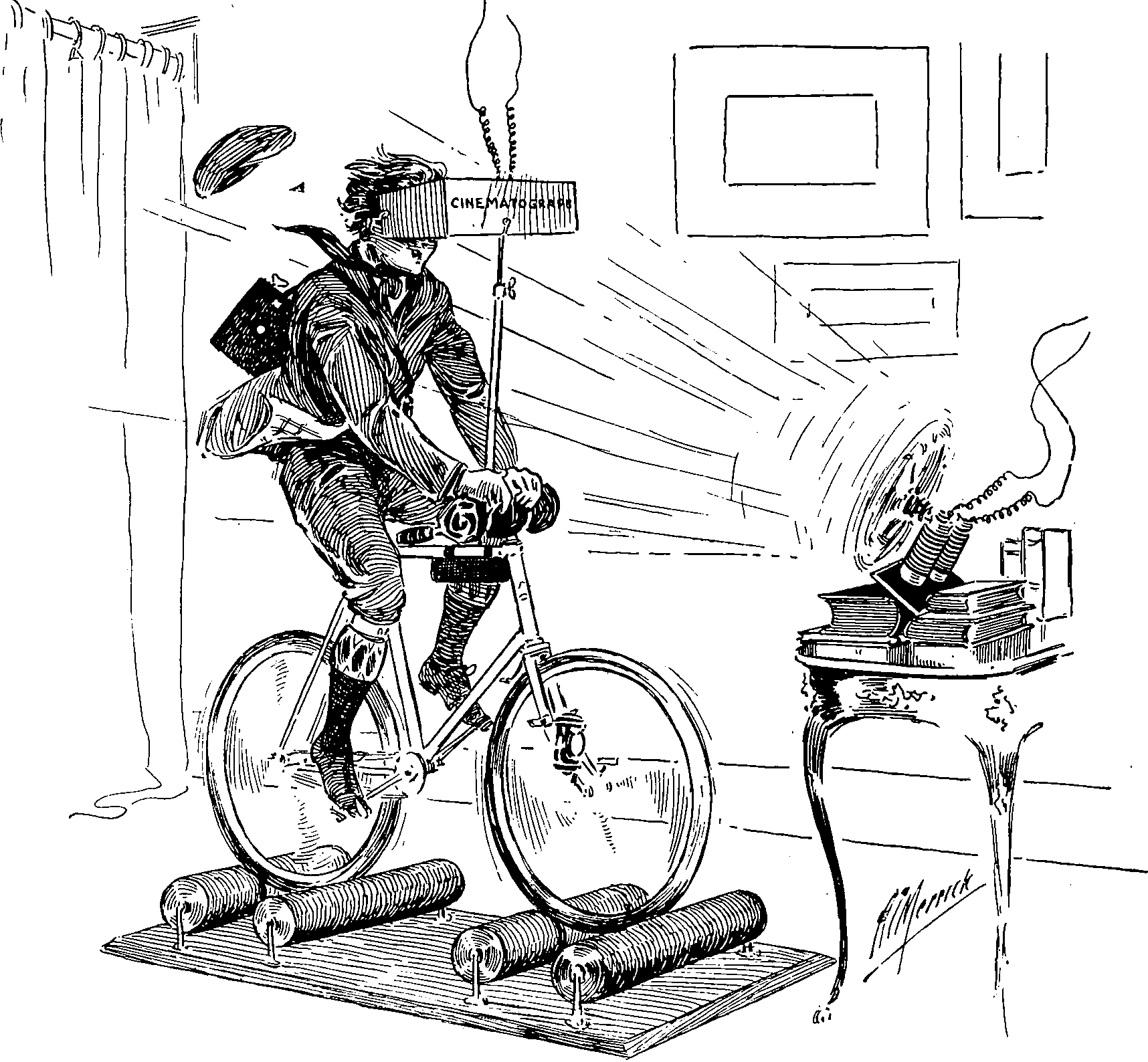Warping of stationary stochastic processes
2019-09-16 — 2021-01-20
Wherein bijective input warpings are presented to render kernels stationary, and local positive‑definite lengthscale matrices are employed to produce nonstationary covariances used in Gaussian process regression.
Transforming stationary processes into non-stationary ones by transforming their inputs (Sampson and Guttorp 1992; Genton 2001; Genton and Perrin 2004; Perrin and Senoussi 1999, 2000).
This is of interest in the context of e.g. composing kernels by known transforms to have known desirable properties, and also learning (somewhat) arbitrary transforms to attain stationarity so that your Gaussian process regression still works. One might consider instead processes that are stationary upon a manifold, which looks similar if you squint.
1 Stationary reducible kernels
The main idea is to find a new feature space where stationarity (Sampson and Guttorp 1992) or local stationarity (Perrin and Senoussi 1999, 2000; Genton and Perrin 2004) can be achieved.
Genton (2001) summarises:
We say that a nonstationary kernel \(K(\mathbf{x}, \mathbf{z})\) is stationary reducible if there exist a bijective deformation \(\Phi\) such that: \[ K(\mathbf{x}, \mathbf{z})=K_{S}^{*}(\mathbf{\Phi}(\mathbf{x})-\mathbf{\Phi}(\mathbf{z})) \] where \(K_{S}^{*}\) is a stationary kernel.
2 Classic deformations
2.1 MacKay warping
2.2 As a function of input
Invented apparently by Gibbs (1998) and generalised in Paciorek and Schervish (2003).
Let \(k_S\) be some stationary kernel on \(\mathbb{R}^D.\) Let \(\Sigma(\mathbf{x})\) be a \(D \times D\) matrix-valued function which is positive definite for all \(\mathbf{x},\) and let \(\Sigma_{i} \triangleq \Sigma\left(\mathbf{x}_{i}\right) .\) Then define \[ Q_{i j}=\left(\mathbf{x}_{i}-\mathbf{x}_{j}\right)^{\top}\left(\left(\Sigma_{i}+\Sigma_{j}\right) / 2\right)^{-1}\left(\mathbf{x}_{i}-\mathbf{x}_{j}\right) \] Then \[ k_{\mathrm{NS}}\left(\mathbf{x}_{i}, \mathbf{x}_{j}\right)=2^{D / 2}\left|\Sigma_{i}\right|^{1 / 4}\left|\Sigma_{j}\right|^{1 / 4}\left|\Sigma_{i}+\Sigma_{j}\right|^{-1 / 2} k_{\mathrm{S}}\left(\sqrt{Q_{i j}}\right) \] is a valid non-stationary covariance function.
Homework question: Is this a product of convolutional gaussian processes.


